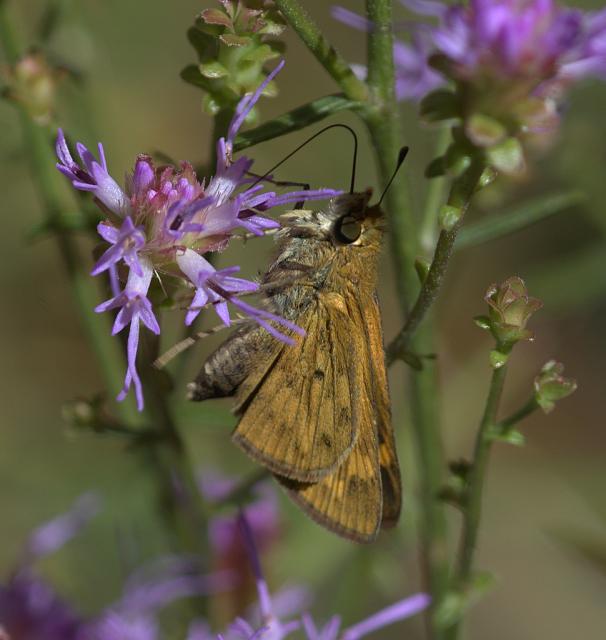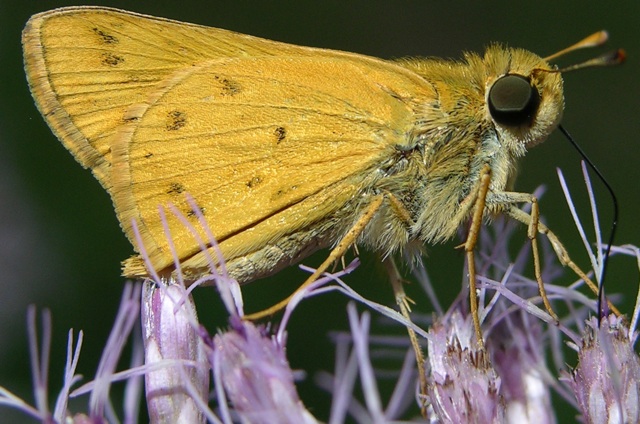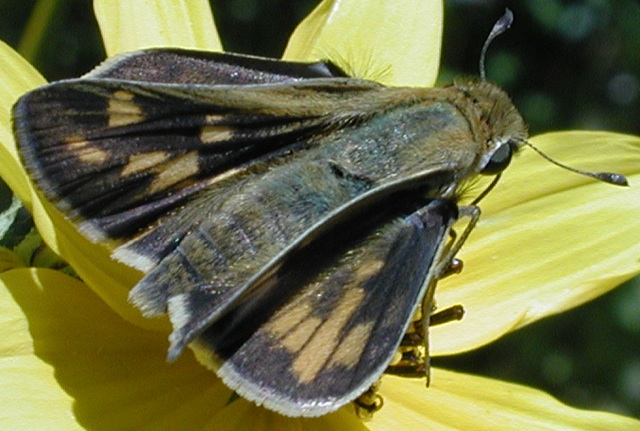| Common Name begins with: [ A ] [ B ] [ C ] [ D ] [ E ] [ F ] [ G ] [ H ] [ I ] [ J ] [ K ] [ L ] [ M ] [ N ] [ O ] [ P ] [ Q ] [ R ] [ S ] [ T ] [ V ] [ W ] [ Y ] [ Z ] |
| Scientific Name begins with: [ A ] [ B ] [ C ] [ D ] [ E ] [ F ] [ G ] [ H ] [ J ] [ L ] [ M ] [ N ] [ O ] [ P ] [ S ] [ T ] [ U ] [ V ] [ Z ] |
| Once on a species account page, clicking on the "View PDF" link will show the flight data for that species, for each of the three regions of the state. Other information, such as high counts and earliest/latest dates, can also been seen on the PDF page. |
| Related Species in HESPERIIDAE: | |
|---|---|
<<   >> >> | |
| Links to other butterfly galleries: [Cook] [Lynch] [Pippen] [Pugh] | |||
| Photo Gallery for Fiery Skipper | |||
 | Photo by: Randy Newman Comment: Fort Macon State Park, Carteret Co.; 2003-June-07; male Fiery Skipper - Click to enlarge |  | Photo by: Randy Newman Comment: Fort Macon State Park, Carteret Co.; 2003-Oct-02; female Fiery Skipper - Click to enlarge |
 | Photo by: Scott Hartley Comment: Weymouth Woods-Sandhills Nature Preserve, Moore Co.; 2006-Oct-15; female Fiery Skipper - Click to enlarge |  | Photo by: Roger Rittmaster Comment: Durham Co.; male Fiery Skipper - Click to enlarge |
 | Photo by: Roger Rittmaster Comment: female, Durham Co. Fiery Skipper - Click to enlarge | ||